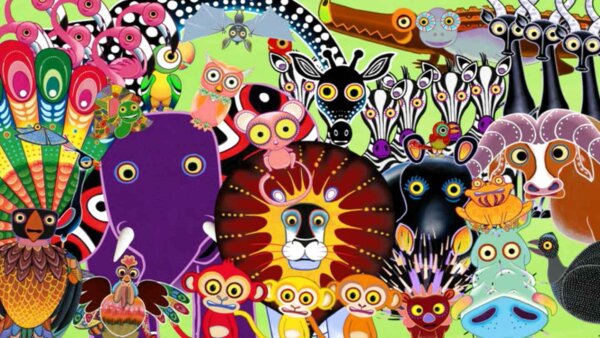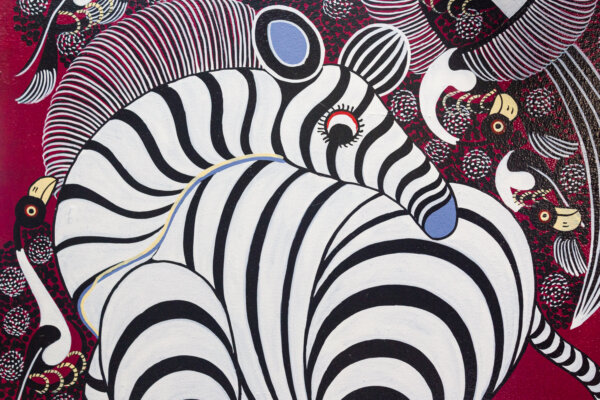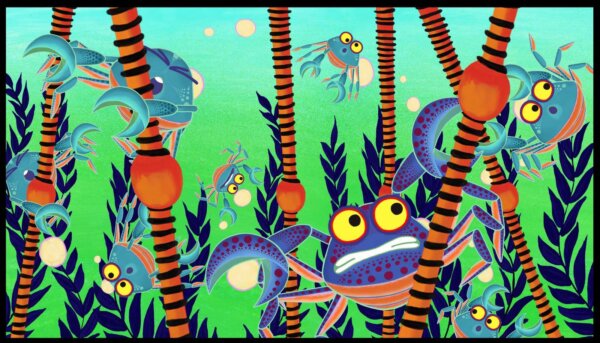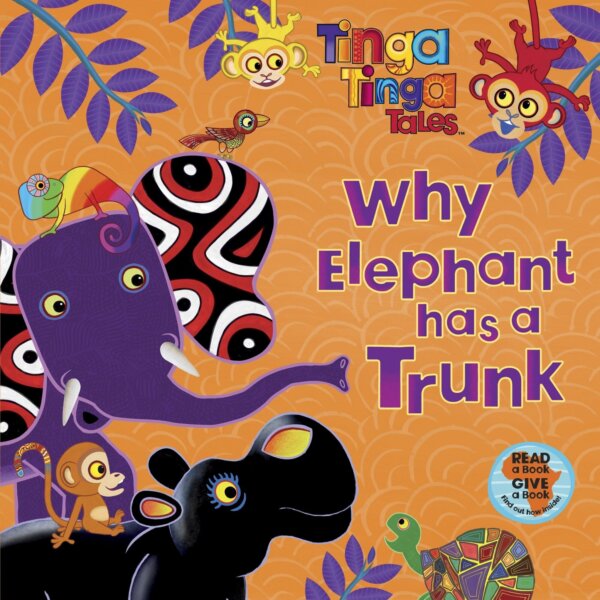Tinga Tinga Tales: The 10th Anniversary of an African-British Animated Collaboration
Jambo Everyone! The beautifully crafted animated pre-school series celebrates its tenth anniversary this year and has accomplished so much throughout the past decade. The series has been broadcasted worldwide on major networks and still continues to do so, it has won and been nominated for some of the biggest awards in the animation industry and even had some merchandise too in the form of books and toys.
To celebrate its success, I wanted to remember Tinga Tinga Tales by exploring how it was conceived and how it nurtured new talent to bring these African tales to life. So whether you’re a fan or someone new to the series, let’s see what made and still makes it one of the most recognised pre-school shows in the last ten years.
Claudia Lloyd was the head of Tiger Aspect Production’s Animation and Children’s department, having produced international successes like Mr. Bean: The Animated Series and Charlie and Lola. But she was also a trustee of the charity Comic Relief and during a trip to Africa, she got her inspiration for a new television series.
She arrived in Tanzania and saw the local Tingatinga artwork that was seen across a huge market. These colourful, vibrant and bold paintings of the native animals were established by Edward Saidi Tingatinga, but they have become a recognisable art form for the country. It was also around this time that Claudia was studying the Swahili language and read many of the African folk stories about how the native animals came to be. The colourful artwork and the stories she studied influenced her to blend the two concepts together to create the initial idea of Tinga Tinga Tales.
Tiger Aspect Productions was set to work on the series to be broadcasted for the BBC preschool channel CBeebies, but they would not be animating the show in their London studio. Instead, Claudia would return to Africa to develop and bring the show to life by collaborating with another African company to establish a brand new animation studio.
Kenya’s capitol city, Nairobi, would be where this new studio would be based in and it would be the first animation studio set in the city. But to have made this a possibility, Tiger Aspect teamed up with an unlikely company that was already established in Nairobi; a venue producer named Homeboyz Entertainment and its founder Myke Rabar, that were known for a wide variety of events. Despite the unlikely alliance, Myke was able to get the equipment and space required to build the studio that would be known as Homeboyz Animation, which was then the biggest animation studio in East Africa at that time.
With fifty potential employees, Claudia and Myke hired and trained local talent from animators and designers to editors and musicians who blended older art forms like paintings with computers to design Africa and animate the characters that inhabit it. And with a diverse cast of big name vocal talents from Lenny Henry, Tameka Empson, Meera Syal, Miriam Margoyles and Shaun Parkes, the collaboration between African and British talents across the entire production gave these classic stories a new coat of paint while also presenting them to a whole new global generation who may not have been familiar to these folktales.
A whole decade has now passed since Tinga Tinga Tales was first broadcasted on CBeebies and it still continues to be enjoyed on multiple television channels and streaming platforms. It was one of the many shows on a BBC channel that tried to teach and educate young audiences of different cultures and their values. But what was its contribution like in Africa?
The series itself helped to improve education across Kenya and Tanzania, with over forty thousand books and more than three hundred and fifty Early Childhood Development training kits offered to teachers from the Read a Book, Give a Book scheme. Safaricom even had a mobile cinema to screen the episodes in remote locations and help promote schooling.
As for the animation industry over there, it continued to grow from the seeds that this show planted, both in the East where it originated from and the rest of the continent. One of Kenya’s television networks, Citizen TV Kenya, aired their first animated series for teenagers named My Better World to tackle with real-life issues that African youths face in their daily lives. And while African animated content continues to be made for national audiences, Netflix will see its first original animated series from Africa in the form of Mama K’s Team 4 from Triggerfish Animation Studios. While the team will be producing the series themselves, they will also be given a high profile platform for a global audience to put their identity into their work for everyone to see.
Everyone from Africa and the UK who worked on Tinga Tinga Tales should be proud of the collaborated efforts that they have put into this beautiful animated series that still stands out from the over-crowded preschool market ten years later. They took a risk to pull off the way they crafted this show and it has made the industry turn its gaze to a lot of African countries where animation for children can be just as engaging and unique as any other title. Totsiens everyone!






